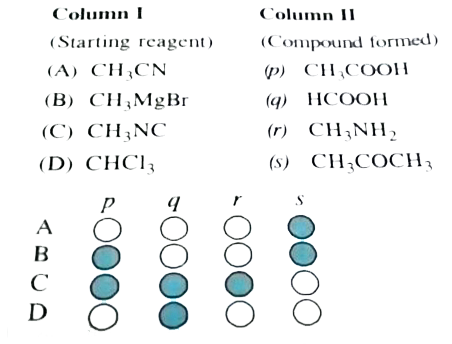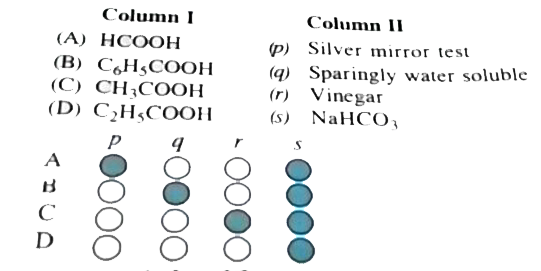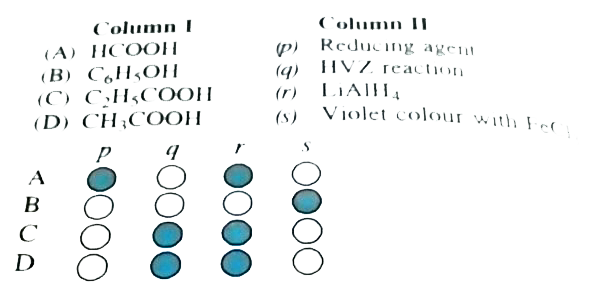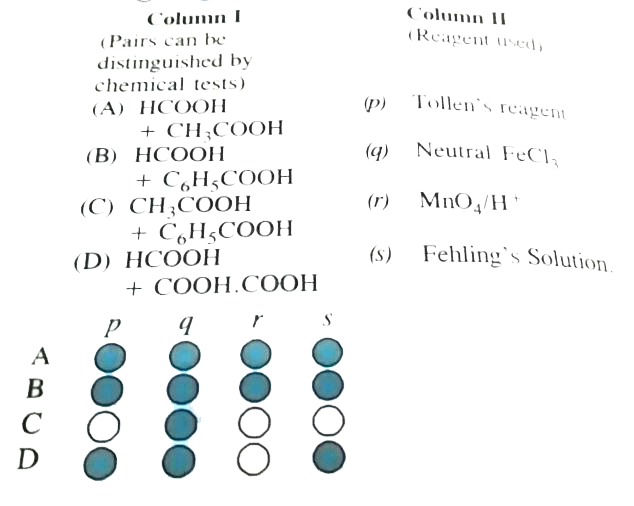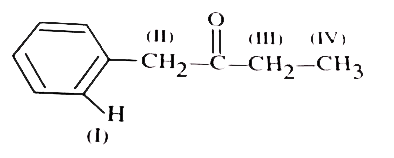MATRIX-MATCH TYPE QUESTIONS from S DINESH & CO CHEMISTRY (HINGLISH) Chapter 21:CARBOXYLIC ACIDS for Class 12
| Class 12 | CHEMISTRY |
| Chapter | CARBOXYLIC ACIDS |
| S DINESH & CO CHEMISTRY (HINGLISH) | MATRIX-MATCH TYPE QUESTIONS |
| Medium | English |
| Academic Year | 2023-2024 |
Question 42
Explain giving reasons each of the following :
(i) Chloroacetic acid has lower pKa value than acetic acid
(ii) Carboxylic acids have higher boiling points than alcohols of comparable molecular masses
(iii) Electrophilic substiution in benzoic acid takes place at the meta position.View SolutionQuestion 44
How will your convert : (i) Propionic acid to acetic acid
(ii) Acetylene to acetic acid
(iii) Formic acid to oxalic acid
(iv) Malonic acid to acetic acid ?
(v) Benzoic acid to benzophenone.
(vi) Acetic acid to acetonitrile.
(vii) Methyl bromide to acetic acid
(viii) Methyl bromide to acetic acid
(ix) Acetophenone to benzoic acid
(x) Acetic acid to ethane.View SolutionQuestion 47
(a) Describe the preparation of acetic acid from acetylene. How can the following be obtained from acetic acd ?
(i) Acetone (ii) Acetaldehyde
(b) In what way can acetic acid be distinguished from acetone ?
(c) Why does carboxylic acid not give the characteristic reactions of a carbonyl group ?View SolutionQuestion 142
An organic compound [A] is C5H8O3.On heating with soda lime, it gives [B]. The compound [B] reacts with HCN to give another compound [C] which reacts with thionyl chloride to produce [D]. When the compound [A] is heated with potassium dichromate the product is acetic acid and malonic acid.
The compound [A] is aView SolutionQuestion 143
An organic compound [A] is C5H8O3.On heating with soda lime, it gives [B]. The compound [B] reacts with HCN to give another compound [C] which reacts with thionyl chloride to produce [D]. When the compound [A] is heated with potassium dichromate the product is acetic acid and malonic acid.
The structure of compound [A] is :View SolutionQuestion 144
An organic compound [A] is C5H8O3.On heating with soda lime, it gives [B]. The compound [B] reacts with HCN to give another compound [C] which reacts with thionyl chloride to produce [D]. When the compound [A] is heated with potassium dichromate the product is acetic acid and malonic acid.
The IUPAC name of compound [B] is :View SolutionQuestion 145
A compound [A] has the formula C4H8O2. When reacted with a Grignard reagent, CH3MgBr, it takes up two molecules of it and upon acidification gives an alcohol [B]. The alcohol on reacting with Lucas reagent gives white coludiness on standing for sometime. When the alochol is oxidised, a compound [C] is produced with a pleasant smell. It neither reacts with Tollen's reagent, nor with Fehling's reagent.
The compound [A] isView SolutionQuestion 146
A compound [A] has the formula C4H8O2. When reacted with a Grignard reagent, CH3MgBr, it takes up two molecules of it and upon acidification gives an alcohol [B]. The alcohol on reacting with Lucas reagent gives white coludiness on standing for sometime. When the alochol is oxidised, a compound [C] is produced with a pleasant smell. It neither reacts with Tollen's reagent, nor with Fehling's reagent.
The compound [A] isView SolutionQuestion 147
A compound [A] has the formula C4H8O2. When reacted with a Grignard reagent, CH3MgBr, it takes up two molecules of it and upon acidification gives an alcohol [B]. The alcohol on reacting with Lucas reagent gives white coludiness on standing for sometime. When the alochol is oxidised, a compound [C] is produced with a pleasant smell. It neither reacts with Tollen's reagent, nor with Fehling's reagent.
The alcohol [B] isView SolutionQuestion 148
Carboxylic acids having at least one α-hydrogen react with Cl2 or Br2 in the presnence of red phosphorus to give α-halo acids. The reaction is known as H.V.Z. reaction. The HVZ reaction is limited to the formation of α-chloro acid and α-bromo acid and it is sometimes difficult to carry out the reaction. Answer the following questions :
Which of the following carboxylic acids will not give HVZ reaction ?View SolutionQuestion 149
Carboxylic acids having at least one α-hydrogen react with Cl2 or Br2 in the presence of phosphorous to give α-halo acids. The reaction is known as Hell -volhar-Zelinsky reaction (HVZ reaction).
R−CH2−COOHP/Br2−−−→ΔR−CH(Br)COOH
The HVZ reaction is limited to the formation of α-chloro and α-bromo acids and it is sometimes backward to carry out. the reagents (X2 and P) are noxious and the reaction time is often long and the conditions of reaction are harsh.
Which of the following will be obtained when acetic acid is subjected to HVZ reaction ? View SolutionQuestion 150
Carboxylic acids having at least one α-hydrogen react with Cl2 or Br2 in the presence of phosphorous to give α-halo acids. The reaction is known as Hell -volhar-Zelinsky reaction (HVZ reaction).
R−CH2−COOHP/Br2−−−→ΔR−CH(Br)COOH
The HVZ reaction is limited to the formation of α-chloro and α-bromo acids and it is sometimes backward to carry out. the reagents (X2 and P) are noxious and the reaction time is often long and the conditions of reaction are harsh.
CH3−COOHBr2/P−−−→(A)NaCN−−−→(B)HOH/H+−−−−−−→(C)
The product (C) will be View SolutionQuestion 151
The acidity of carboxylic acid is determined by the nature of the alkyl group attached and the substiuent present on it. It is affected mainly by the inductive effect of the substituent and its position with respect to the -COOH group. Electron-donating substituent tends to decrease the acidic strength whereas electron-withdrawing substituent tends to increase acidic strength. The acidic strength of aromatic carboxylic acid on the other hand depends upon both the inductive and resonance effects of the substituents.
Which of the following would be expected to be most highly ionized in water ?View SolutionQuestion 152
The acidity of carboxylic acid is determined by the nature of the alkyl group attached and the substiuent present on it. It is affected mainly by the inductive effect of the substituent and its position with respect to the -COOH group. Electron-donating substituent tends to decrease the acidic strength whereas electron-withdrawing substituent tends to increase acidic strength. The acidic strength of aromatic carboxylic acid on the other hand depends upon both the inductive and resonance effects of the substituents.
Which of the following acids has the smallest dissocation constant ?View SolutionQuestion 153
The acidity of carboxylic acid is determined by the nature of the alkyl group attached and the substiuent present on it. It is affected mainly by the inductive effect of the substituent and its position with respect to the -COOH group. Electron-donating substituent tends to decrease the acidic strength whereas electron-withdrawing substituent tends to increase acidic strength. The acidic strength of aromatic carboxylic acid on the other hand depends upon both the inductive and resonance effects of the substituents.
Among the following, the strongest acid is :View SolutionQuestion 154
The acidity of carboxylic acid is determined by the nature of the alkyl group attached and the substiuent present on it. It is affected mainly by the inductive effect of the substituent and its position with respect to the -COOH group. Electron-donating substituent tends to decrease the acidic strength whereas electron-withdrawing substituent tends to increase acidic strength. The acidic strength of aromatic carboxylic acid on the other hand depends upon both the inductive and resonance effects of the substituents.
Which of the following is obtained when 4-methylbenzene sulphonic acid is hydrolyzed with excess of sodium acetateView Solution
All Exercises from S DINESH & CO CHEMISTRY (HINGLISH) Class 12 CHEMISTRY CARBOXYLIC ACIDS
- ASSERTION-REASON TYPE QUESTIONS
- ASSIGNMENT
- BRAIN STORMING MULTIPLE CHOICE QUESTIONS (MCQS)
- MATRIX-MATCH TYPE QUESTIONS
- MULTIPLE CHOICE QUESTION BANK (MCQB)
- N.C.E.R.T. EXMPLAR PROBLEMS
- ASSERTION-REASON TYPE QUESTIONS
- ASSIGNMENT
- BRAIN STORMING MULTIPLE CHOICE QUESTIONS (MCQS)
- MATRIX-MATCH TYPE QUESTIONS
- MULTIPLE CHOICE QUESTION BANK (MCQB)
- N.C.E.R.T. EXMPLAR PROBLEMS
- ASSERTION-REASON TYPE QUESTIONS
- ASSIGNMENT
- BRAIN STORMING MULTIPLE CHOICE QUESTIONS (MCQS)
- MATRIX-MATCH TYPE QUESTIONS
- MULTIPLE CHOICE QUESTION BANK (MCQB)
- N.C.E.R.T. EXMPLAR PROBLEMS
- ASSERTION-REASON TYPE QUESTIONS
- ASSIGNMENT
- BRAIN STORMING MULTIPLE CHOICE QUESTIONS (MCQS)
- MATRIX-MATCH TYPE QUESTIONS
- MULTIPLE CHOICE QUESTION BANK (MCQB)
- N.C.E.R.T. EXMPLAR PROBLEMS
- ADDITIONAL IMPORTANT QUESTIONS
- COMPLETION OF THE MISSING LINKS
- EXAMPLE
- HIGHER ORDER THINKING SKILLS (HOTS) QUESTIONS
- LONG ANSWER TYPE QUESTIONS
- N.C.E.R.T. EXERCISE
- N.C.E.R.T. IN-TEXT QUESTIONS
- QUESTIONS FROM BOARD EXAMINATIONS
- SHORT ANSWER TYPE QUESTIONS
- SOME TYPICAL WORD PROBLEMS BASED ON CONVERSION
- ADDITIONAL IMPORTANT QUESTIONS
- COMPLETION OF THE MISSING LINKS
- EXAMPLE
- HIGHER ORDER THINKING SKILLS (HOTS) QUESTIONS
- LONG ANSWER TYPE QUESTIONS
- N.C.E.R.T. EXERCISE
- N.C.E.R.T. IN-TEXT QUESTIONS
- QUESTIONS FROM BOARD EXAMINATIONS
- SHORT ANSWER TYPE QUESTIONS
- SOME TYPICAL WORD PROBLEMS BASED ON CONVERSION
- ADDITIONAL IMPORTANT QUESTIONS
- COMPLETION OF THE MISSING LINKS
- EXAMPLE
- HIGHER ORDER THINKING SKILLS (HOTS) QUESTIONS
- LONG ANSWER TYPE QUESTIONS
- N.C.E.R.T. EXERCISE
- N.C.E.R.T. IN-TEXT QUESTIONS
- QUESTIONS FROM BOARD EXAMINATIONS
- SHORT ANSWER TYPE QUESTIONS
- SOME TYPICAL WORD PROBLEMS BASED ON CONVERSION
- ADDITIONAL IMPORTANT QUESTIONS
- COMPLETION OF THE MISSING LINKS
- EXAMPLE
- HIGHER ORDER THINKING SKILLS (HOTS) QUESTIONS
- LONG ANSWER TYPE QUESTIONS
- N.C.E.R.T. EXERCISE
- N.C.E.R.T. IN-TEXT QUESTIONS
- QUESTIONS FROM BOARD EXAMINATIONS
- SHORT ANSWER TYPE QUESTIONS
- SOME TYPICAL WORD PROBLEMS BASED ON CONVERSION

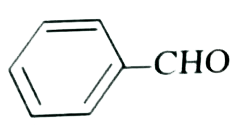 is treated with concentrated aqueous KOH solution?
is treated with concentrated aqueous KOH solution?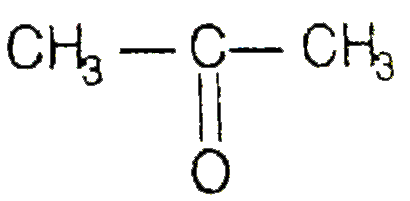

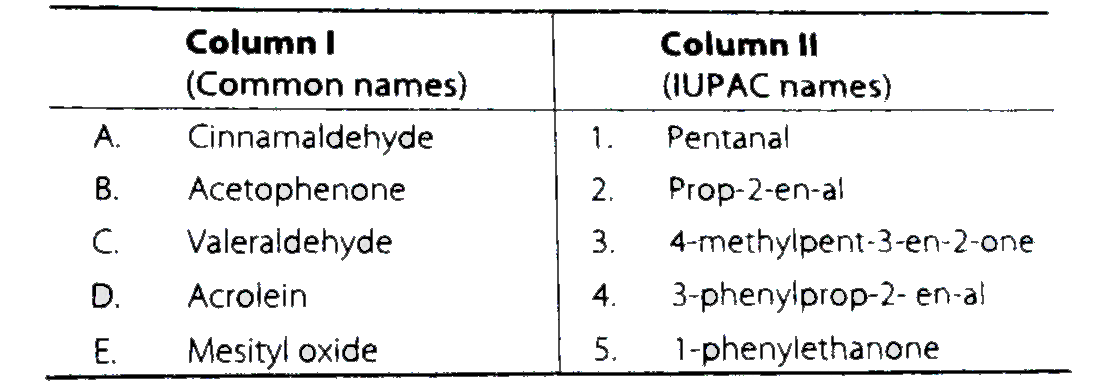
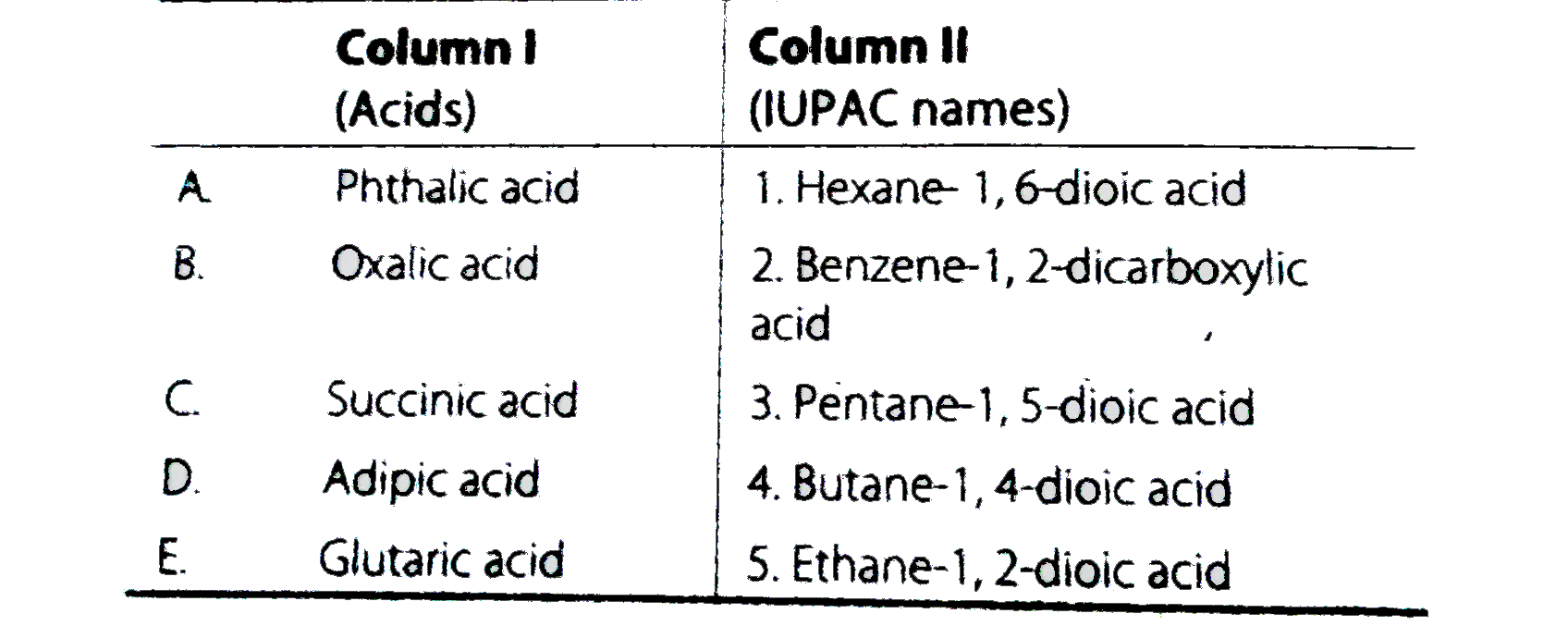
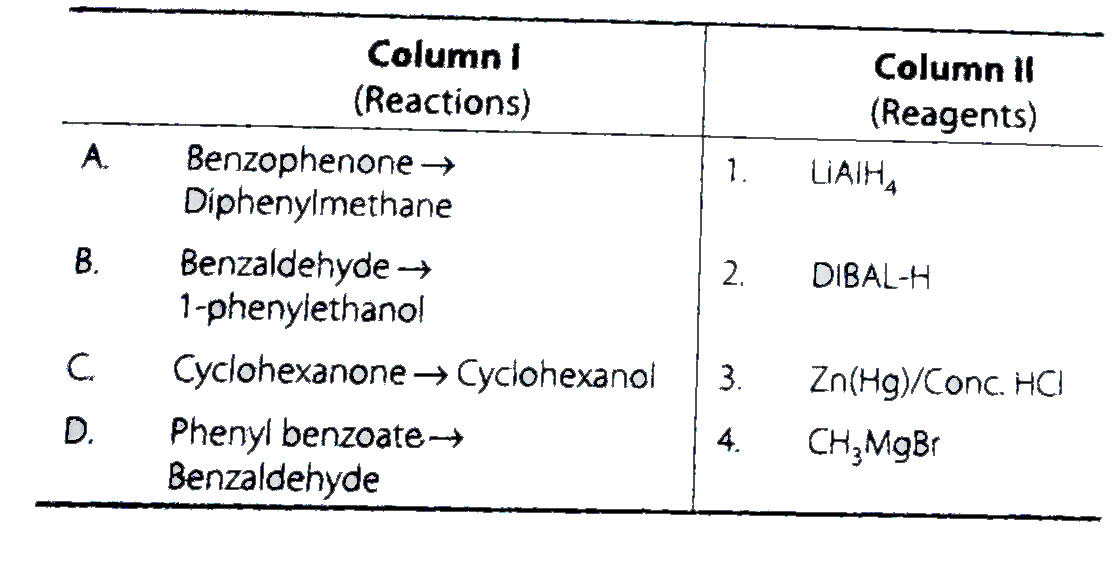
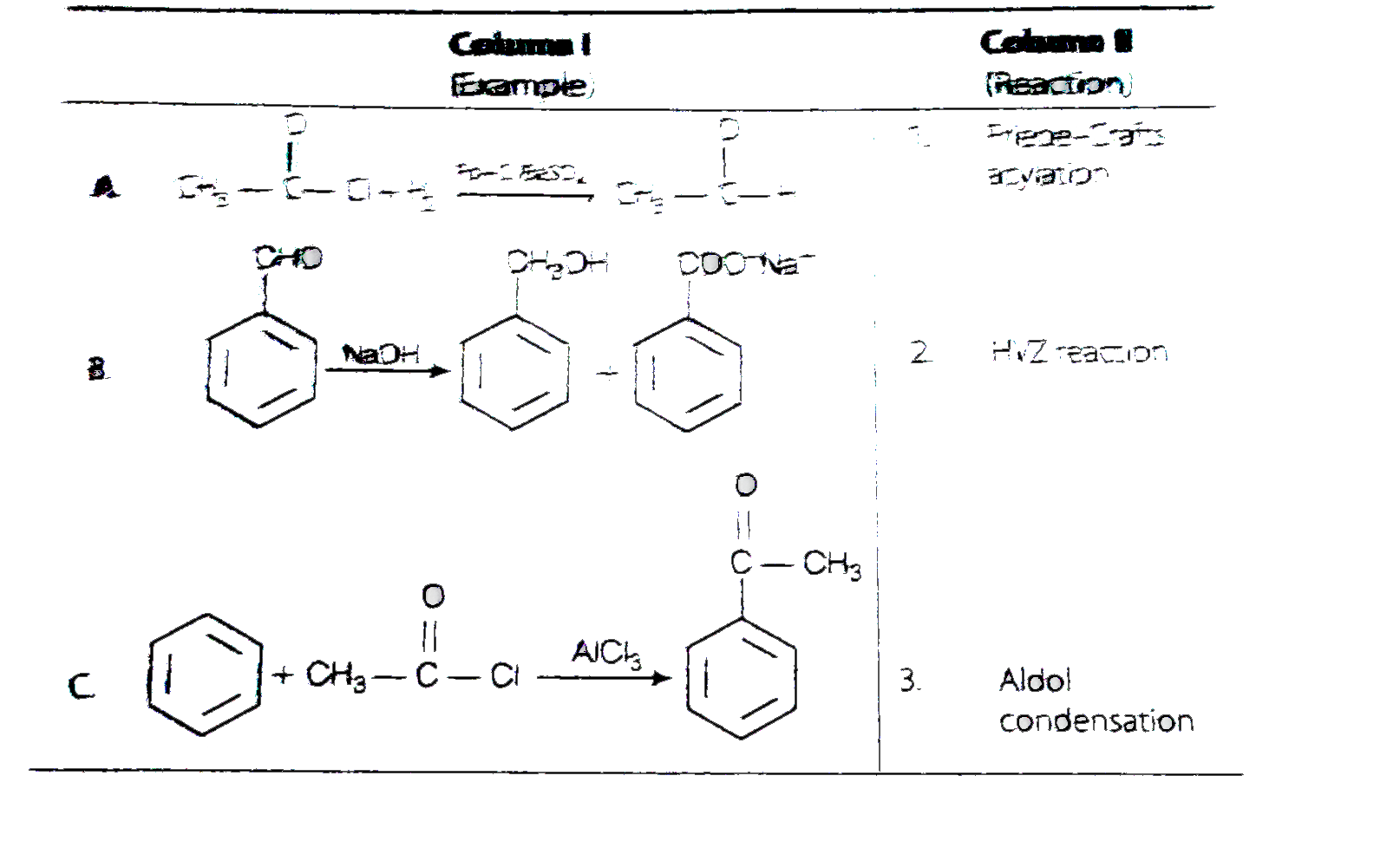
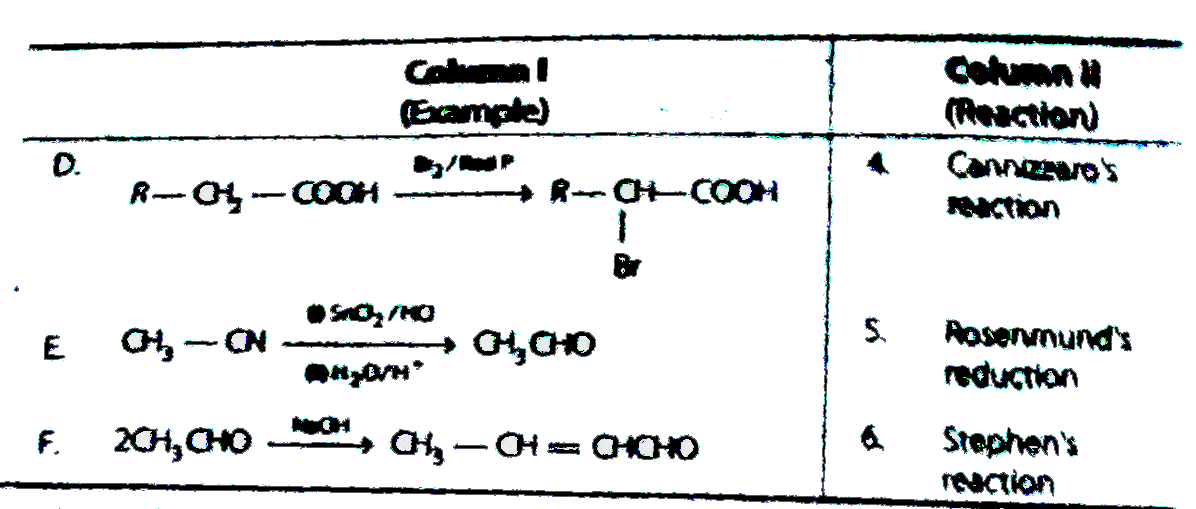
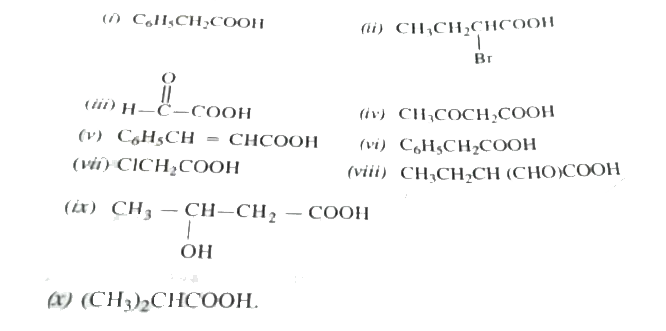
 ,
, 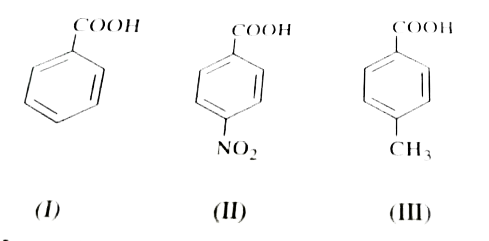
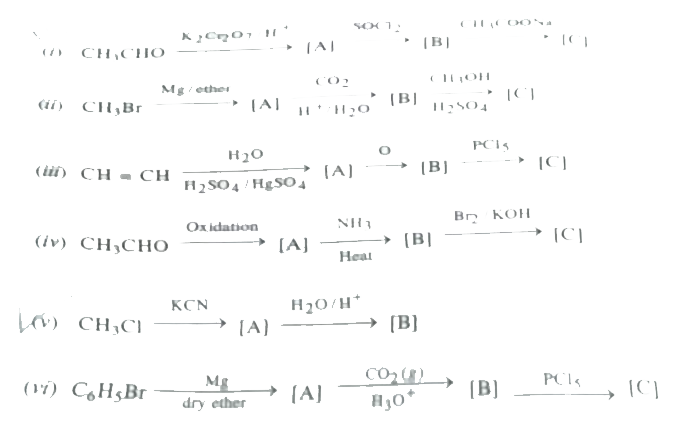

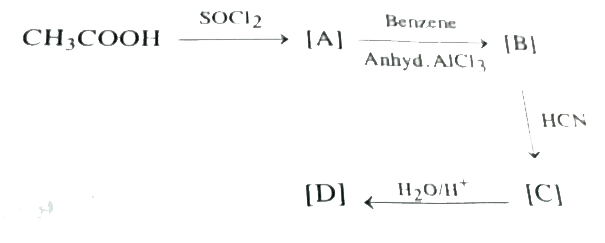


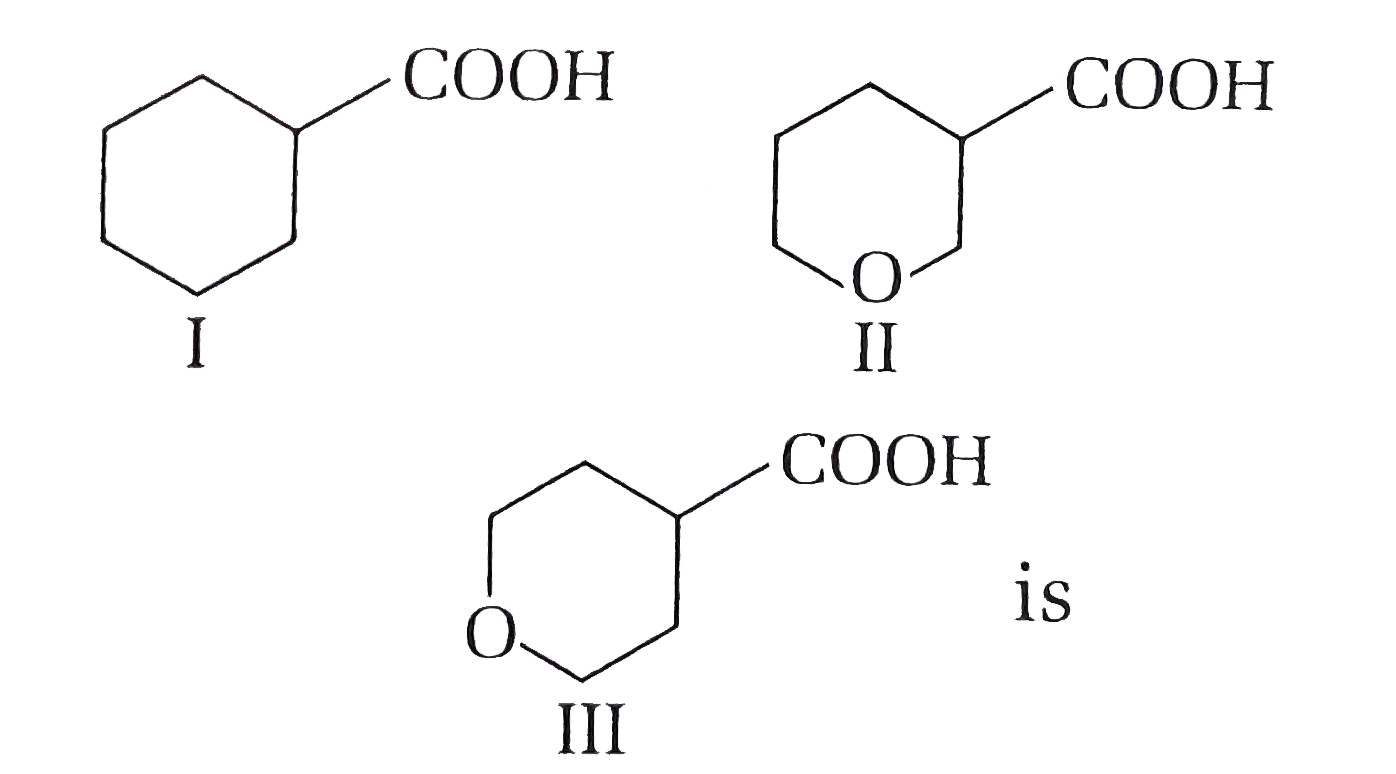

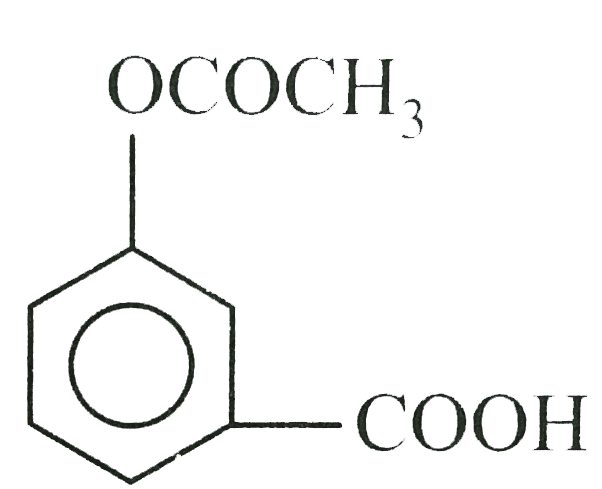

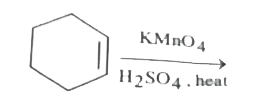
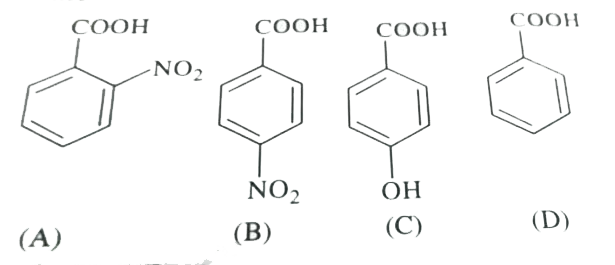

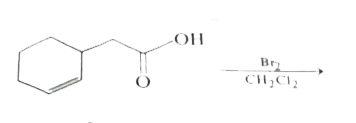
 reacts with
reacts with 
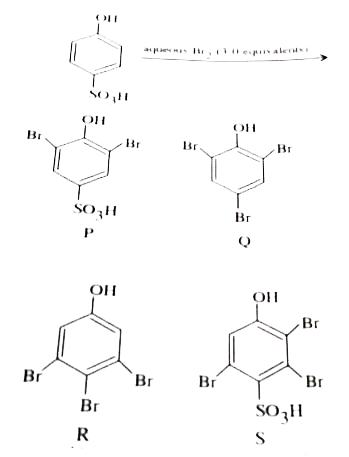
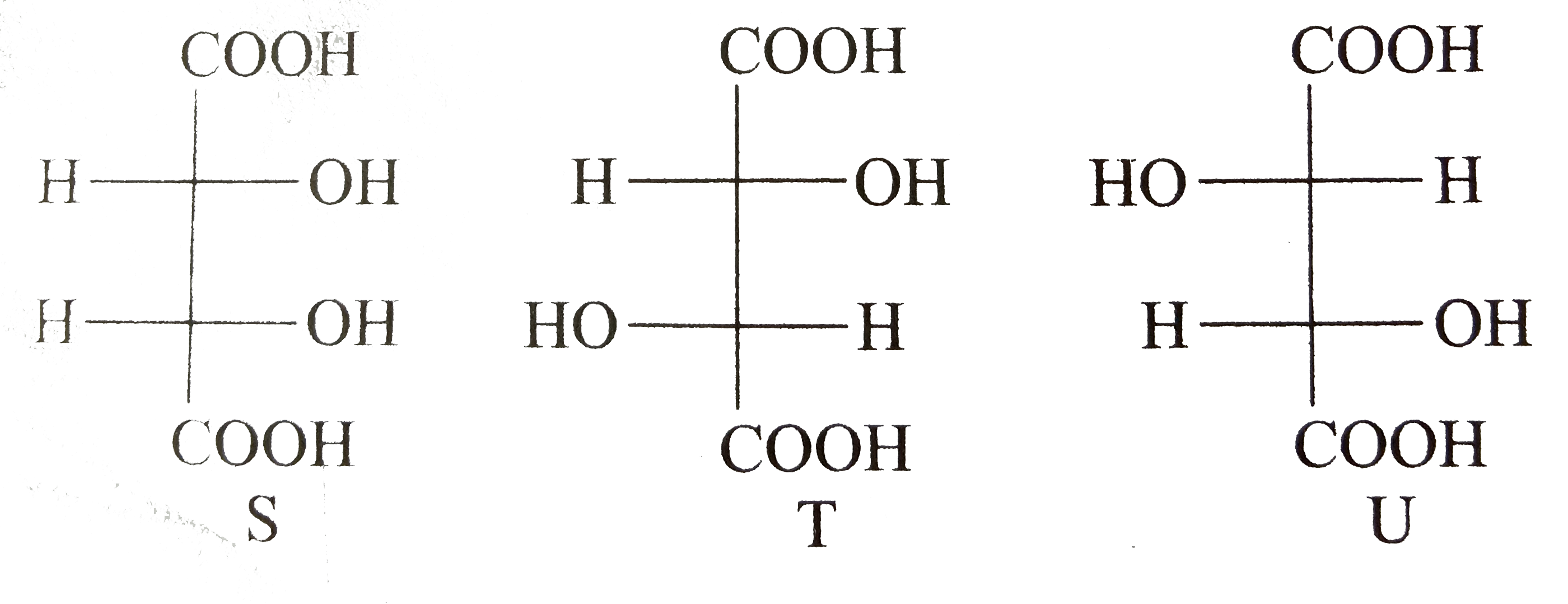 Compounds formed from
Compounds formed from 
